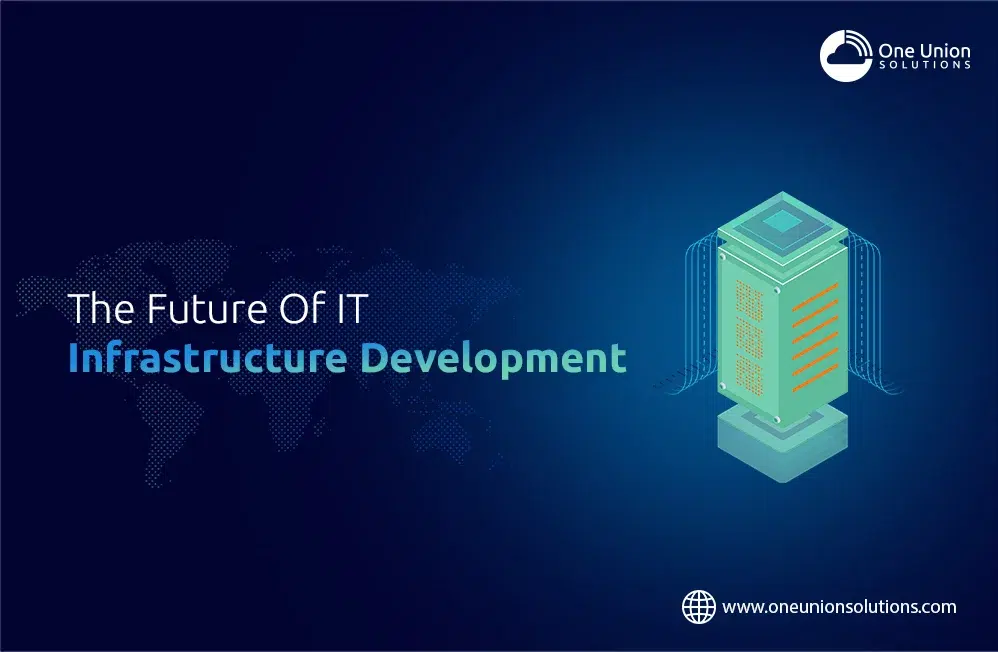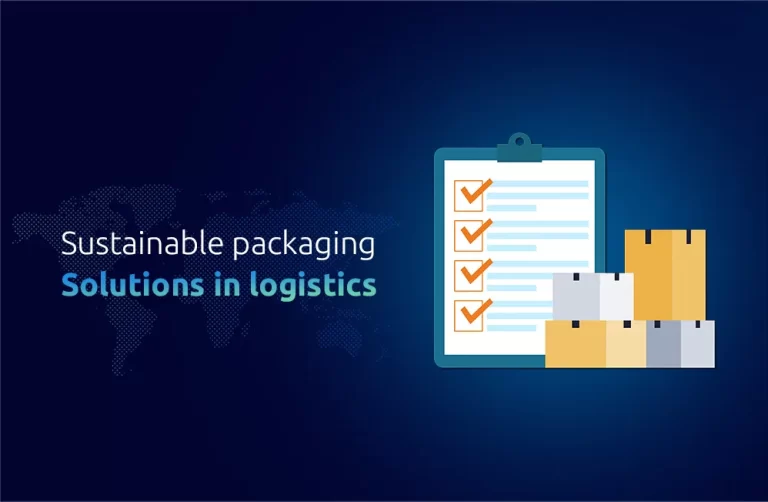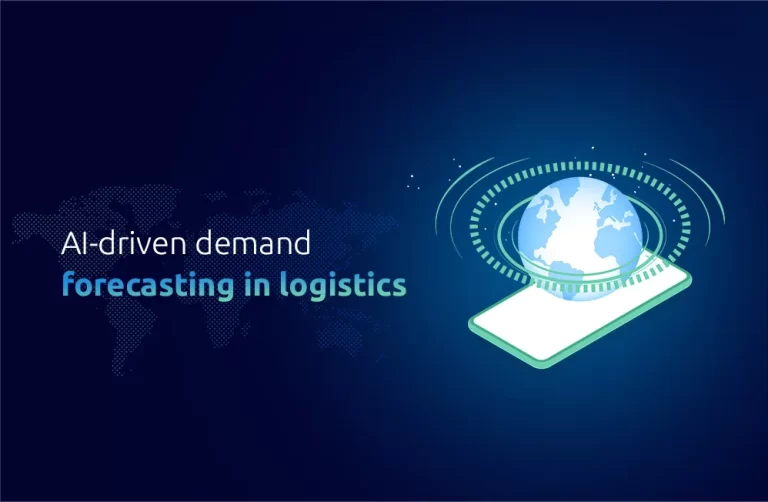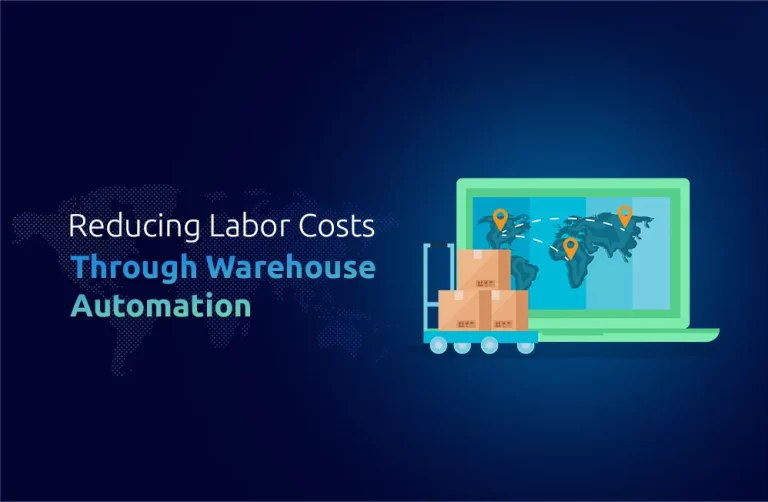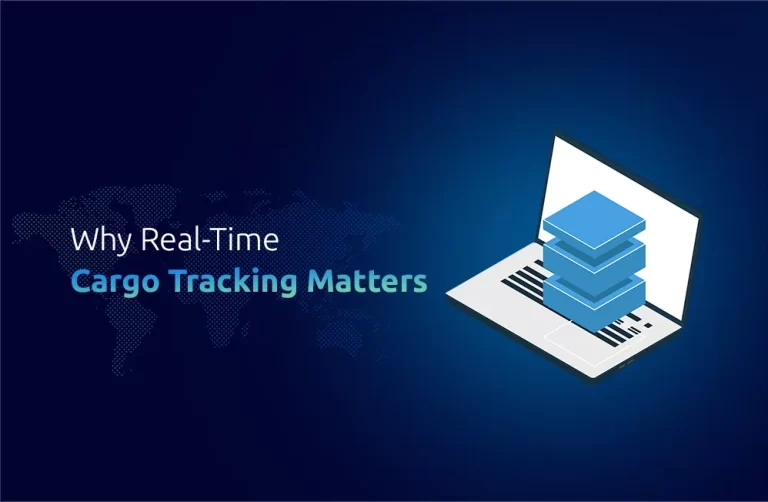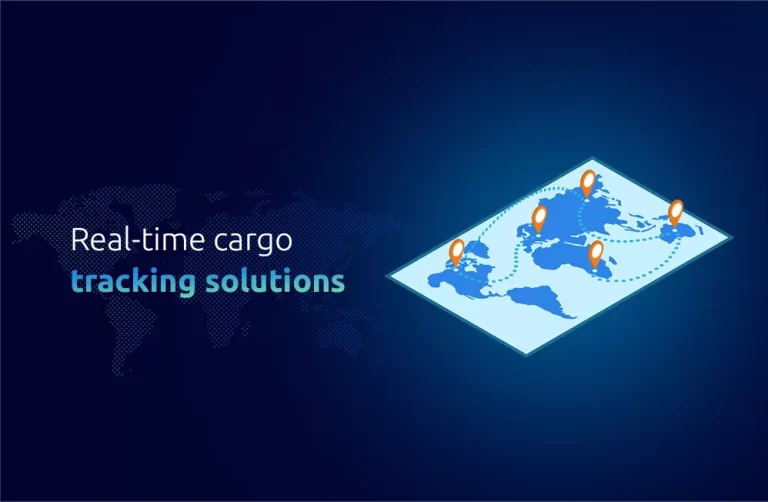There is no doubt that the period following the pandemic has been characterized by the swift shift of both individual habits as well as organizational operations, which has occurred as a result of the expanding use of IT technology. This is an age of unmatched technological progress that has altered industries while laying the foundation for other innovations in the times to come. The IT infrastructure does not simply constitute a trend, it is the main pillar of tomorrow, empowering all spheres of people’s lives and business processes.
Escalating Demand for IT Infrastructure
Cloud-Based Services Expansion
The rapid growth of data sources has fostered storage capacities comfortably beyond the capability of individual computers, and as a result, cloud services have grown in number. As companies and individuals turn to cloud storage for its scalability, flexibility, and cost efficiency, cloud storage is also in higher demand, boosting the need for quality IT infrastructure. This transition in the industry allows data stores to emerge from the former static, inaccessible, and secure, and move towards more dynamic, accessible, and secure cloud services.
The Role of Hyperconnectivity
Along the way of hyperconnectivity development, we also achieve a surge of internet-connected devices. The connectedness jump that we see about us is a clear example of how technology has encroached on every area of human activities, ranging from smart homes to autonomous vehicles and more. The Internet of Things (IoT) stands at the surface of this transformation driving the demand for monstrous IT infrastructure to act as the web of data transport between the devices with countless numbers of data exchanges.
Smart Cities and IoT
Smart cities portray a very strong representation of the contribution of IT devices to the current organizational culture. Smart cities are the next step to using IoT technology for the development of more efficient services and resources compared to the costs and at the same time improve citizens’ life quality. This may be realized by the installation of several sensors, lights, and meters that can gather data to use for managing equipment, resources, and services in a smart manner. Hence, on-site IT development and systems expansion should be on the list of priorities for cities that are pursuing smart city projects as the creation and processing of a tremendous amount of data resources is a cornerstone of such developments.
Challenges and Opportunities
Security Concerns
It is one of the biggest challenges that have arisen due to ever-increasing IT infrastructure: providing stable protection of the data and making sure the privacy of the information is ensured. The Internet Of Things (IoT) where more and more devices become part of the Internet and more data is stored in the cloud means cybercrimes are likely to increase. Therefore, building a system to keep critical data safe is important to avoid unauthorized access, ensure IT systems security, and build trust.
Sustainability Issues
It should be pointed out that among the chief concerns is the environmental footprint of expanded information technologies. The energy consumption of data centers, say on colocation ones, has just recently become a significant problem. Advances in cutting-edge green technology and different approaches towards sustainability are the key to addressing issues related to the ecological footprint of the digital boom, for example, by the utilization of renewable energy and energy-efficient devices.
Edge Computing
To cope with the issues of latency and centered in the cloud-based services, edge technology becomes a solution interrelated to the concerns. Edge computing does this via elaborating data near the points of its source; thus, the performance of both IoT devices and applications is being significantly improved, and new opportunities in the field of IT infrastructure are constantly created.
Looking Ahead
The fact that there is a great deal of opportunities for innovation and development in the sphere of global connections and IT architecture is a clear and representable truth. The world of technologies includes artificial intelligence, machine learning, and blockchain which are developing continuously, they will be guiding the trajectory and proficiency of IT architecture. The very nature of artificial intelligence (AI) imbues it with vast potential, but to fully reap its benefits, dread the challenges, promote sustainable practices, and ensure effective security measures are key. Such measures can therefore be taken as a first step toward creating a safer, uniform, and integrated digital arena.
Rapid Expansion and Human Factor
IT infrastructure is expanding rapidly and there is a never-ending demand for people who are skilled in this type of development. It’s becoming more and more evident that people with such skills are becoming very rare to find and very difficult to retain. That is why data centers are now more focused on automating the system partially or completely. AI has become more powerful and enterprise-level data centers are now moving toward more sophisticated and automated solutions.
Physical and Cyber Security
The biggest concern that humankind has ever had. Now in this digital age, we have the biggest risk of data theft on personal, public, and enterprise levels. IT infrastructure is now a key component of enterprise development. It is also considered the defining factor of winning the competition. That is why it is exposed to both cyber and physical security threats.
Supply Chain management
Supply chain management is a critical aspect that needs to be addressed, particularly in the IT industry, which focuses on creating and selling technical hardware. With demand increasing by nearly half, the traditional long supply chain from supplier to end user is rapidly collapsing. End users are now moving closer to original manufacturers and developers, highlighting the need to bridge this gap and adopt more specialized solutions.
This adding landscape with international trade protocols, such as the Generalized System of Preferences (GSP), plays a difficult role in minimizing tariffs and facilitating smoother operations. Businesses must identify proper HS codes and HTS (Harmonized Tariff Schedule) classifications to make sure stress free cross-border transactions. Adopting efficient delivery terms like DAP (Delivered at Place) and DAPS (Delivered at Place, Seller) can further simplify supply chain processes, making it easier to meet the rising demand while maintaining regulatory compliance and reducing delays.
Sustainable Infrastructure development
IT infrastructures are energy intensive, and they consume power like any other industrial infrastructure. In the past when this sector kick-started the developers were not focused on creating sustainable structures and using renewable energy sources. Now, this sector has also aligned its development goals with global sustainable development goals. More and more companies are moving their data centers to better geographical locations to cut down electricity consumption on cooling systems.
The future of IT infrastructure development not going to slow down until it reaches its full potential and companies need to improvise more user-centric solutions to ease up the development process.

